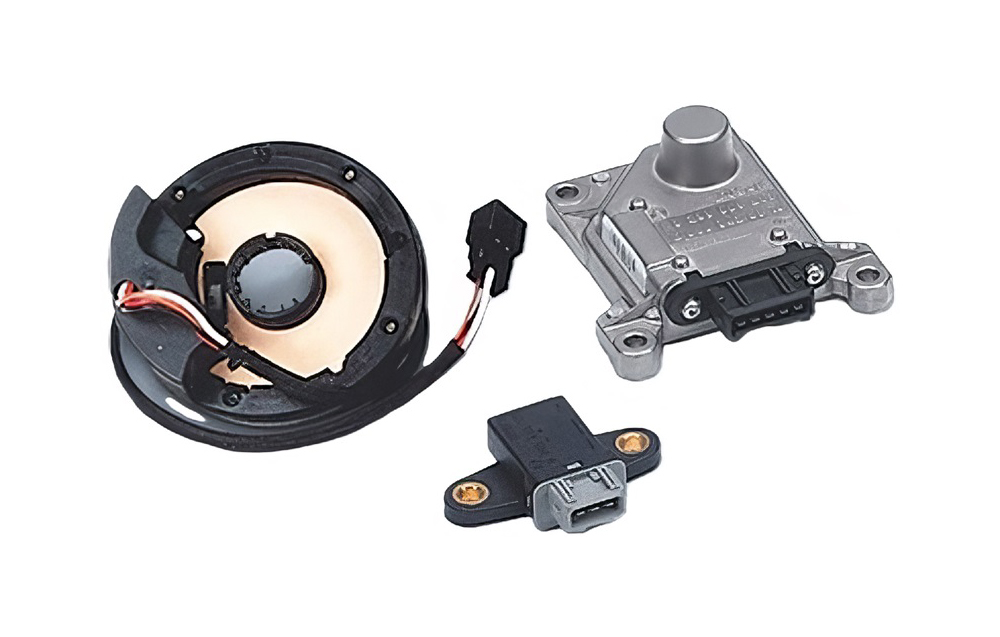Q: Where Is the ESP Sensor Typically Located?
A: The Electronic Stability Programme (ESP) sensor is typically mounted somewhere near the center of the vehicle so it can provide the most accurate information.
The ESP sensor is a support system that helps the driver in dangerous driving situations. It uses sensors to check if the car’s direction is parallel with the steering inputs and adjusts it automatically if it isn’t.
The system has an icon on the dashboard that illuminates when your vehicle is out of your control. The icon is an outline of a car with squiggly lines beneath to signify loss of control.

Vehicle manufacturers have different names for their particular ESP systems that sometimes even vary between models in the same brand:
- GM – StabiliTrak
- Dodge – Electronic Stability Control
- Ford – AdvanceTrac
- Toyota – Vehicle Stability Control
- Nissan – Vehicle Dynamic Control
- Various different names on other platforms

This “ESP” sensor is part of a wider array of sensors and may have a different name/abbreviation on your vehicle: These are the sensors in the average ESP type system:
- The yaw rate sensor detects movements of the vehicle about its vertical axis. This sensor tells the Vehicle Dynamics System when the vehicle is beginning an uncontrolled skid.
- The acceleration sensor uses inertia and (usually a mercury switch) to detect acceleration and deceleration. These two sensors may be part of the same ESP sensor assembly.
- The steering angle sensor determines the angle of the steering wheel, providing information about the driver’s intended direction of travel.
Tips on How to Access the ESP Sensor Switch
First, find out where the ESP sensor switch is. Next, research what it looks like by looking up the part for your vehicle online.
You may need to remove seats, carpet, and other things to access the sensor. Make sure to check your car owner’s manual as it may have information about the type of sensor you need.
Any information provided on this Website is for informational purposes only and is not intended to replace consultation with a professional mechanic. The accuracy and timeliness of the information may change from the time of publication.




























